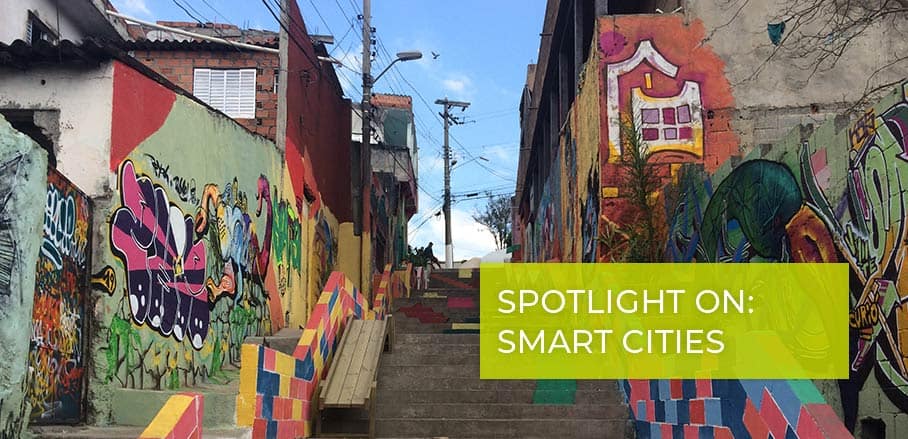Gamification in Urban Planning: Participation Through Minecraft
Minecraft is one of the most popular computer games in the world. Like a virtual version of Lego, it invites players to create their own world of buildings, villages, and other spatial elements. Every month, more than 110 million people play Minecraft – but did you know that it can also be used for urban planning?
Block by Block: Making Urban Design Accessible
In 2013, a Swedish project manager from Swedish Building Services started a cooperation with UN Habitat. Mr Hallstrom had already implemented some urban planning projects using Minecraft in Sweden. Together with UN Habitat experts, he initiated the “Block by Block” project. This unique cooperation between UN Habitat and game company Mojang consists of participatory workshops, during which residents are encouraged to use Minecraft. Together with the experts, they design and re-design public spaces.
UN Habitat’s Block by Block foundation has funded neighbourhood projects in 37 countries already, enabling them to change the urban fabric in their environments. According to the project leaders, more than 25,000 people from diverse backgrounds and age groups have participated.
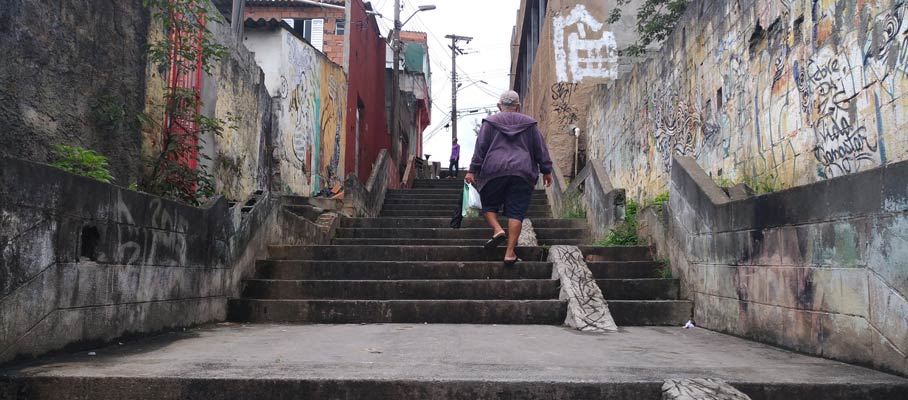
Before the Block by Block intervention in Sao Paulo, Brazil © UN-Habitat
Mr Eugenio Gastelum, a digital technology specialist and consultant for UN Habitat in the Block by Block project, explains that workshop participants are always members of the local community. “We invite people that live around the public spaces, who use them, and who are the real experts of the local situation. We also invite all the stakeholders of the project, the architects, urbanists, or city planners of the project as key attendees, so they can listen to the participants during the workshop and see why they shape the project a certain way”, says Mr Gastelum.
The rationale for using Minecraft is twofold: it is very appealing for younger generations, who can be included in urban topics and participatory processes via the game; and it is a very easy tool to use. The audience of Block by Block projects is very mixed and often consists of all age groups and different religions. Within 20 minutes, it is possible to teach even illiterate people to move blocks around in the game. For more complex procedures, the facilitators are there to assist.
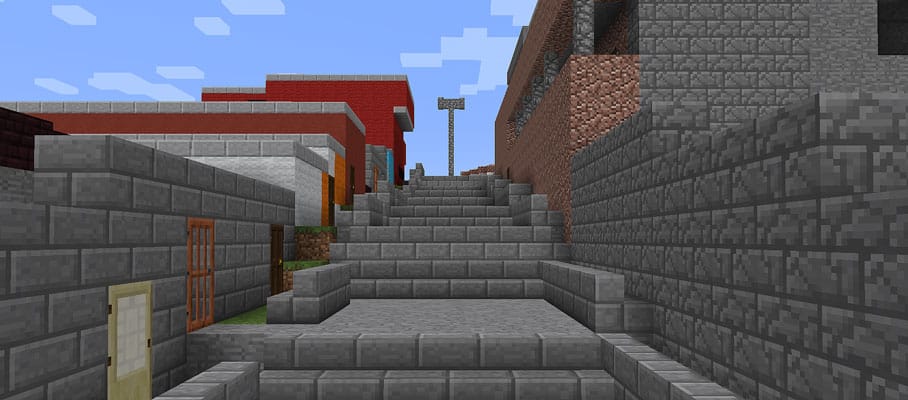
Minecraft © UN-Habitat
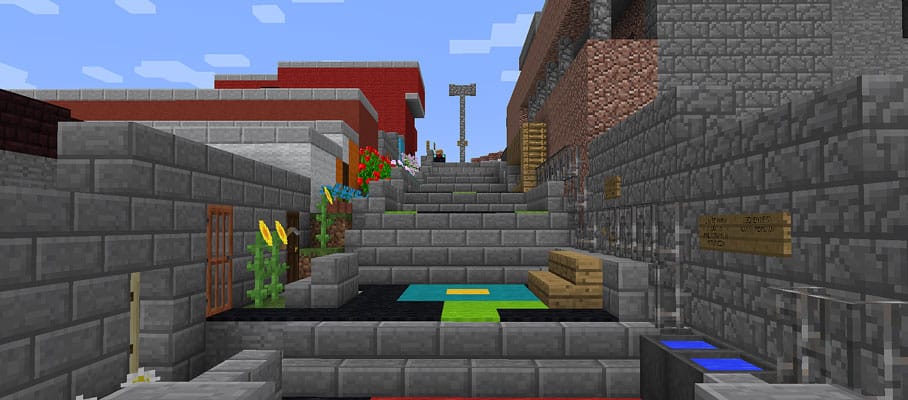
Community design © UN-Habitat
Challenges for Games in Urban Design
Since Minecraft is not intended for architects and planners, it does not offer enough detail to plan buildings or neighbourhoods. However, it lends itself to public space planning. Technicalities are left to the urban planners once a project from a participatory design workshop has been approved by the local council. Cities:Skylines is another example for the gamification of urban planning. This game is particularly popular with urban planners due to its detail, and has even been used by the City of Stockholm in planning a new city district.
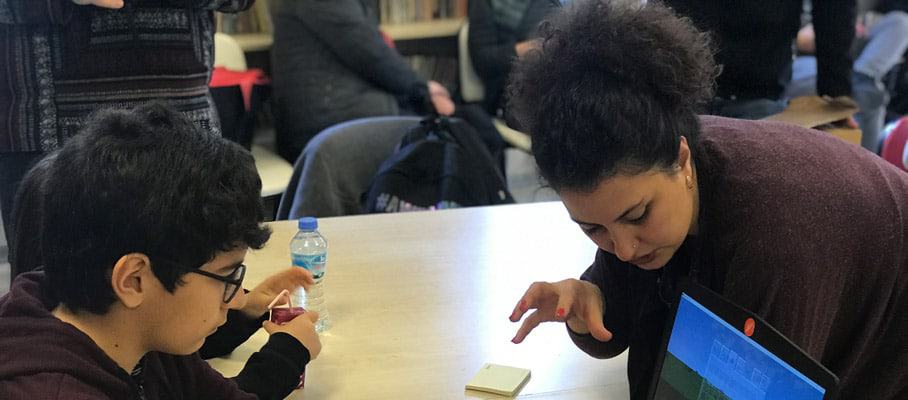
Block by Block workshop in Seferihisar, Turkey © UN-Habitat
From experience, Mr Gastelum knows that having a UN Habitat public space specialist participate in the workshop to guide the participants is crucial. For example, many participants imagine big walls to increase security. However, this often leads to less security and blocked escape routes. Instead, the specialist suggests different ways of increasing security and at the same time designing a popular public space. For example, the first skatepark in Kosovo was developed in this manner even though the community would never have imagined this as a way of increasing security before.
Another common misconception is that gamified participatory workshops are only for children. It is true that often, children are not invited to participate in urban design. Block by Block is addressing youth, but also inviting people from all other age brackets. Therefore, this project intends to bridge the digital divide as well as the generational divide. The fact that children often teach older participants how to use Minecraft leads to interesting new dynamics.
One of the main challenges of Block by Block is the implementation of workshop results. The organisation helps to include public officials from the beginning so that the ideas are more likely to be implemented. However, some workshops are for technology conferences or other showcase purposes. In these cases, it can be difficult to manage expectations of the participants.
Gamification in the Smart City – A Way to Foster Participation?
Considering smart cities, gamification provides an important addition to their ideals. It makes the idea of a “Right to the City” a bit more relatable. After all, attempts at participatory design are an important part of this right. By using common and easy-to-learn computer games, citizens can help to co-create and change their urban environment with low cost and effort for everyone involved in the planning process.
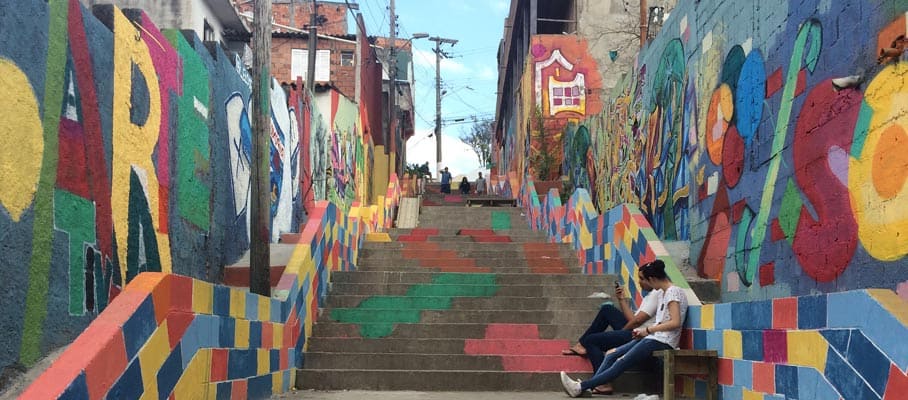
After the Block by Block intervention in Sao Paulo, Brazil © UN-Habitat
With Covid-19, Block by Block has had to pause some projects. At the same time, new initiatives have come up. According to Mr Gastelum, UN Habitat is now supporting several virtual Block by Block workshops in Kyrgyzstan, Nigeria, and Jordan. The online multiplayer tool of Minecraft is helpful, but challenges like video and audio quality as well as internet speed have to be considered. Once these logistical hurdles have been taken, the results of participatory urban planning via gamification can be part of smart city design.
In the future, it is possible that each citizen in a smart city has access to an app, in which they can not only see news and vote for matters in their city, but can also contribute to planning ideas and initiatives. Gamification is a very viable way of engaging large parts of the population and gathering their opinion. Whether this is always included in actual planning results remains to be seen. As always in participation, there is a danger of tokenism.
In the end, both urban design and planning public spaces are about creating community and liveability for citizens. Smart city elements can serve to improve and increase these aspects. But if citizens are not using the spaces, all the smartness is in vain. Therefore, supporting and enabling participation via gaming in urban design can be a viable alternative – always given that people and communities are at the centre of this process.
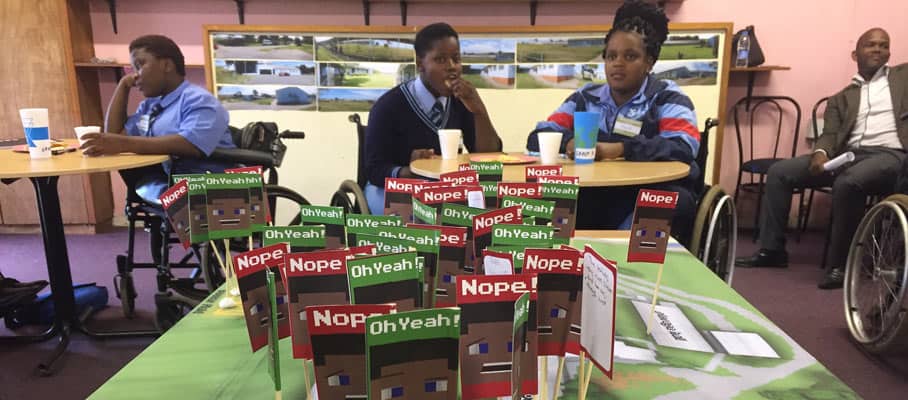
Block by Block workshop in Vukuhambe, South Africa © UN-Habitat
- Where the Rubber Hits the Road: Localising Climate Action in Cities - 1. March 2024
- Cities and Climate Change: The Buildings Breakthrough at COP28 - 12. December 2023
- Policy and Financing for Net Zero Carbon Buildings: Insights from COP27 - 18. November 2022
